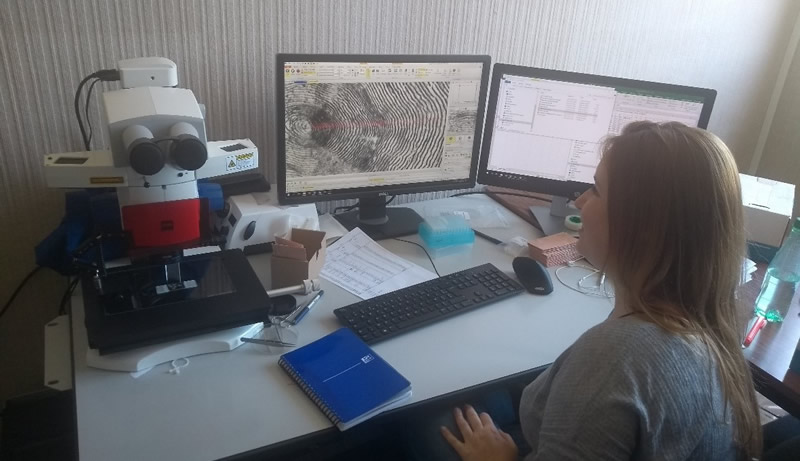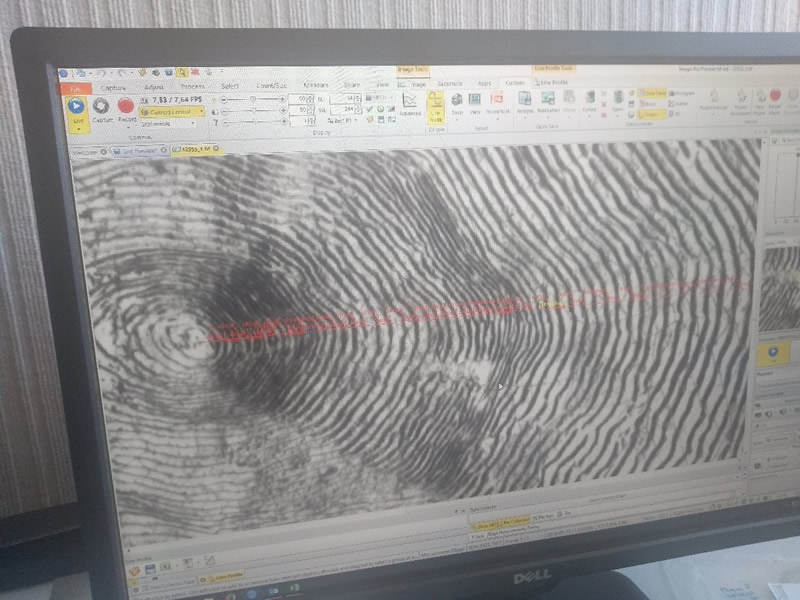A key part of the SAMARCH Work Package T3 which focusses on improving the models used in England and France to manage salmon stocks, is to provide new information on the growth rates of salmon and also how this changes over time. The growth rates of fish can be calculated from the size of the gaps between the rings and their scales which stores a lot of information on the history of an individual fish. Including, its age, how quickly or slowly a fish grows, how many years a fish spends in freshwater before migrating to sea as a smolt, how many years a fish spends at sea and also even how many times a fish has spawned.
However, collating this data accurately is very slow time-consuming work and especially when you have 20,000 sets of scales to analyse! Therefore, to speed up the process project partner INRA have purchased a special microscope, camera and softwear and employed Ludivine Lamireau who will spend the next 4 years analysing the scale samples so that the data can be used in the modelling process. The machine works by digitally analysing and measuring the gaps between the rings on a fish scale and also automatically generates a digital image for each scale.

Ludivine Lamireau, in her office in Rennes France analysing and recording a salmon scale

A salmon scale – note the difference in the gaps between the growth rings

0 Comments